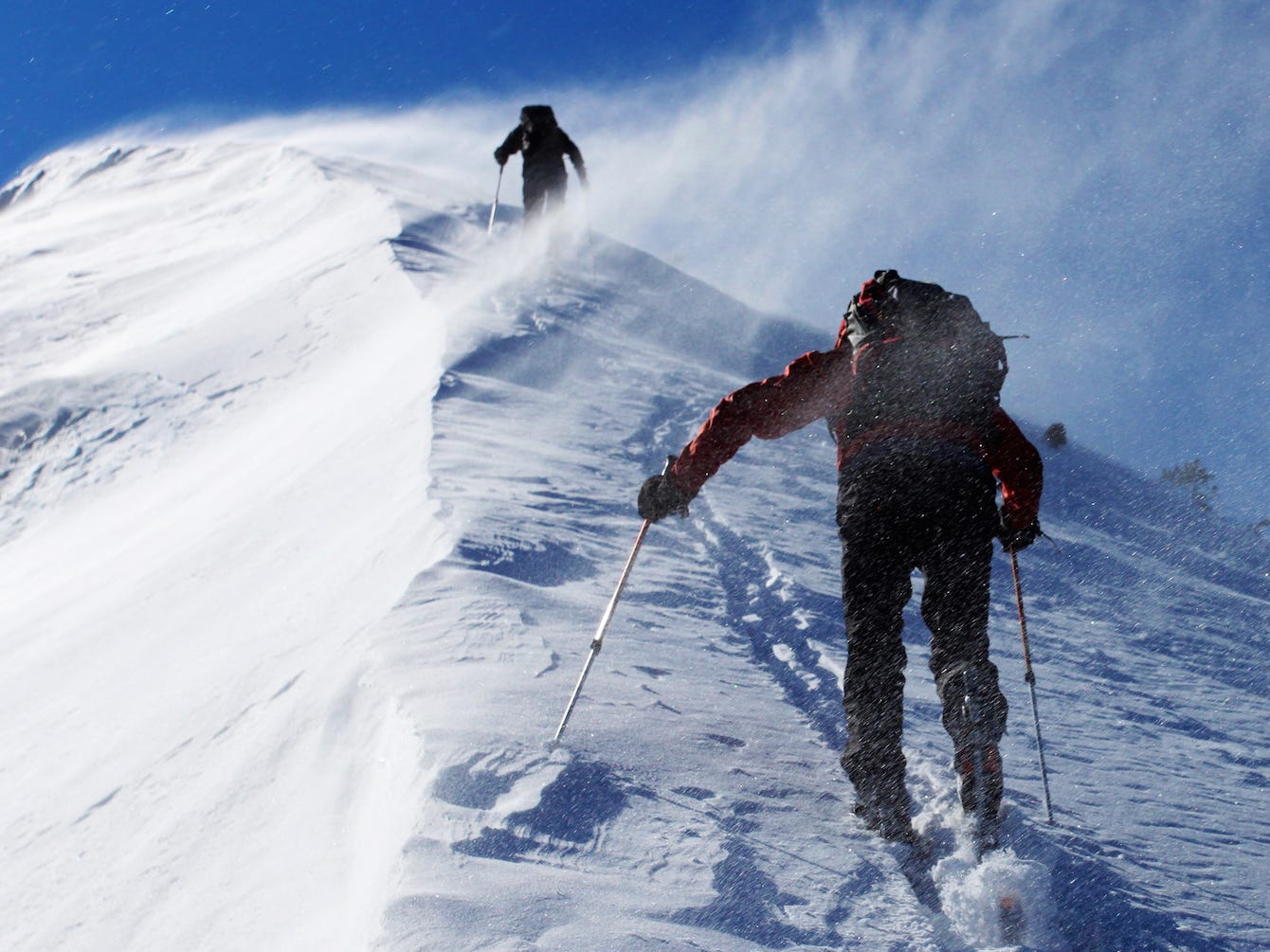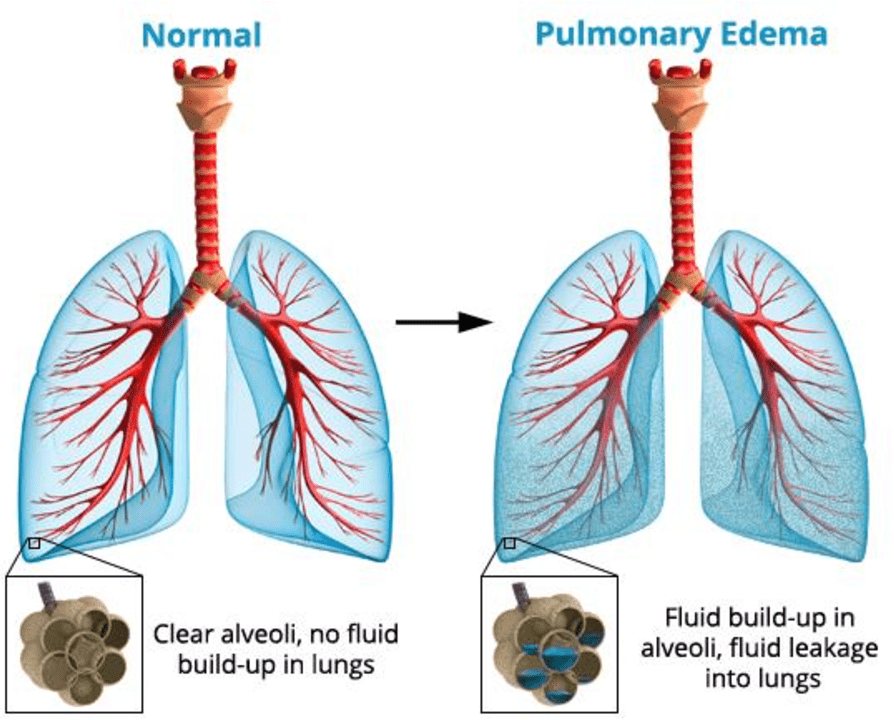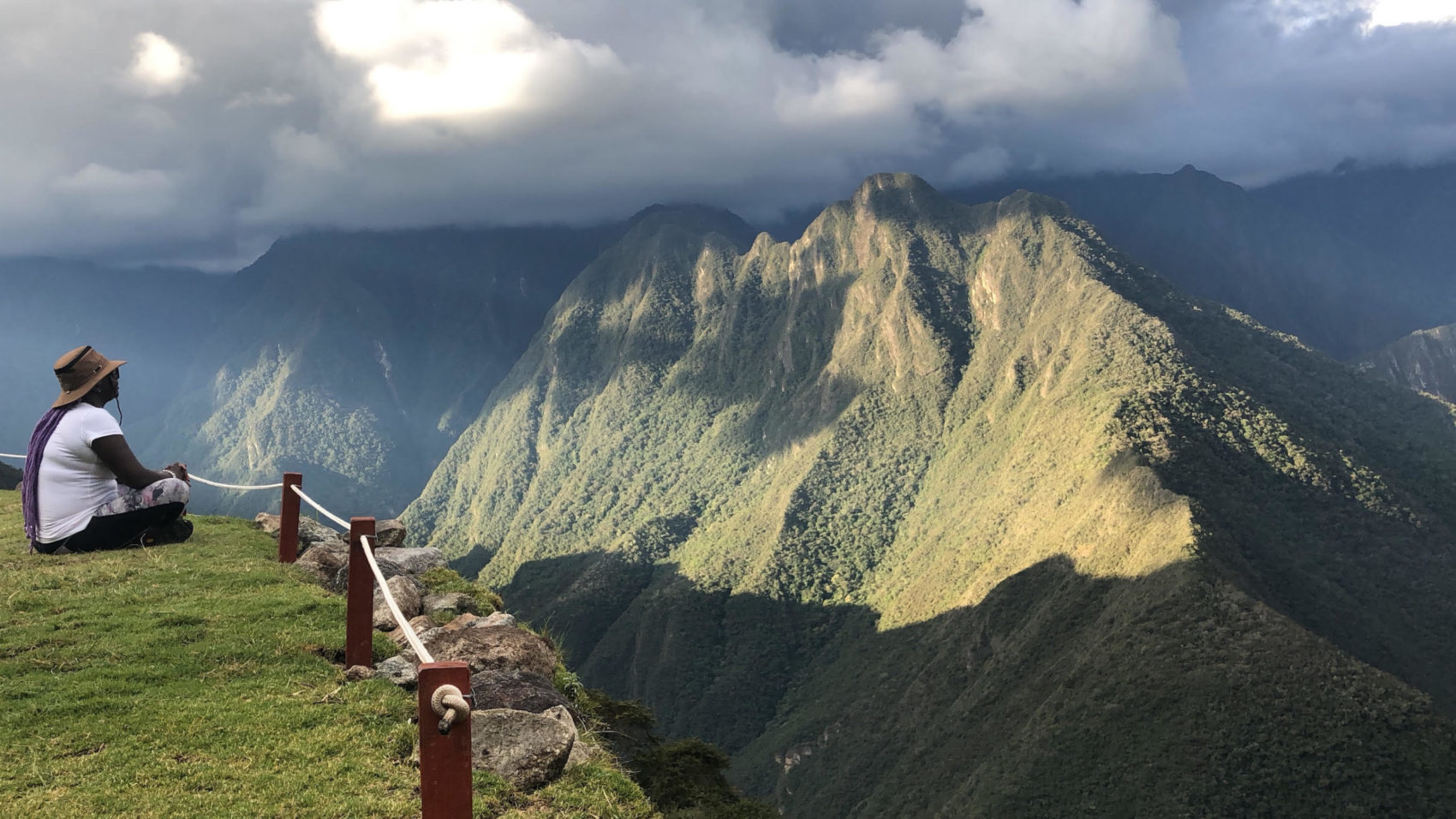
When travelling from low elevation to higher altitude environments, we often notice that our breathing gets heavier, our heartbeat increases, and we may start to experience dizziness and dehydration. We frequently attribute these signs as the common precursors to altitude sickness or new elevation and changes in climate. When managed properly, these signs typically subside as you adapt to your new surroundings. However, left unchecked and unmonitored, these signs can lead to the most common cause of high-altitude related deaths: High Altitude Pulmonary Edema or, “HAPE.”
High Altitude Pulmonary Edema or, “HAPE” is the potentially life-threatening buildup of fluid in the lungs caused by rapid ascent in elevation to higher altitude environments, most commonly above 8,200 ft (2,500 meters). The blood vessels in your lungs begin to constrict, which leads to oxygen deprivation and increased blood pressure. This puts excess pressure on your blood vessels, causing them to leak into the air sacs of your lungs and fill with fluid.

While we all wish there were specific steps to prevent HAPE from occurring in the first place, the key to identifying HAPE and preventing its affects is early detection. According to the National Center for Biotechnology Information, HAPE typically presents itself within the first 2-5 days of arrival at high altitude. Some common signs of HAPE include extreme shortness of breath, severe coughing, reduced exercise performance, and dizziness.
Luckily, with proper identification and treatment, HAPE can be easily and completely reversed. Rapid descent in elevation, hydration, rest, and potentially the use of supplemental oxygen/medication, are recommended to slow or reverse the onset of HAPE. So next time you venture into higher altitude environments, always listen to your body, be as prepared as possible, and make sure you know your limits. Remember the key signs, and always acclimate – it may just end up saving your life.
